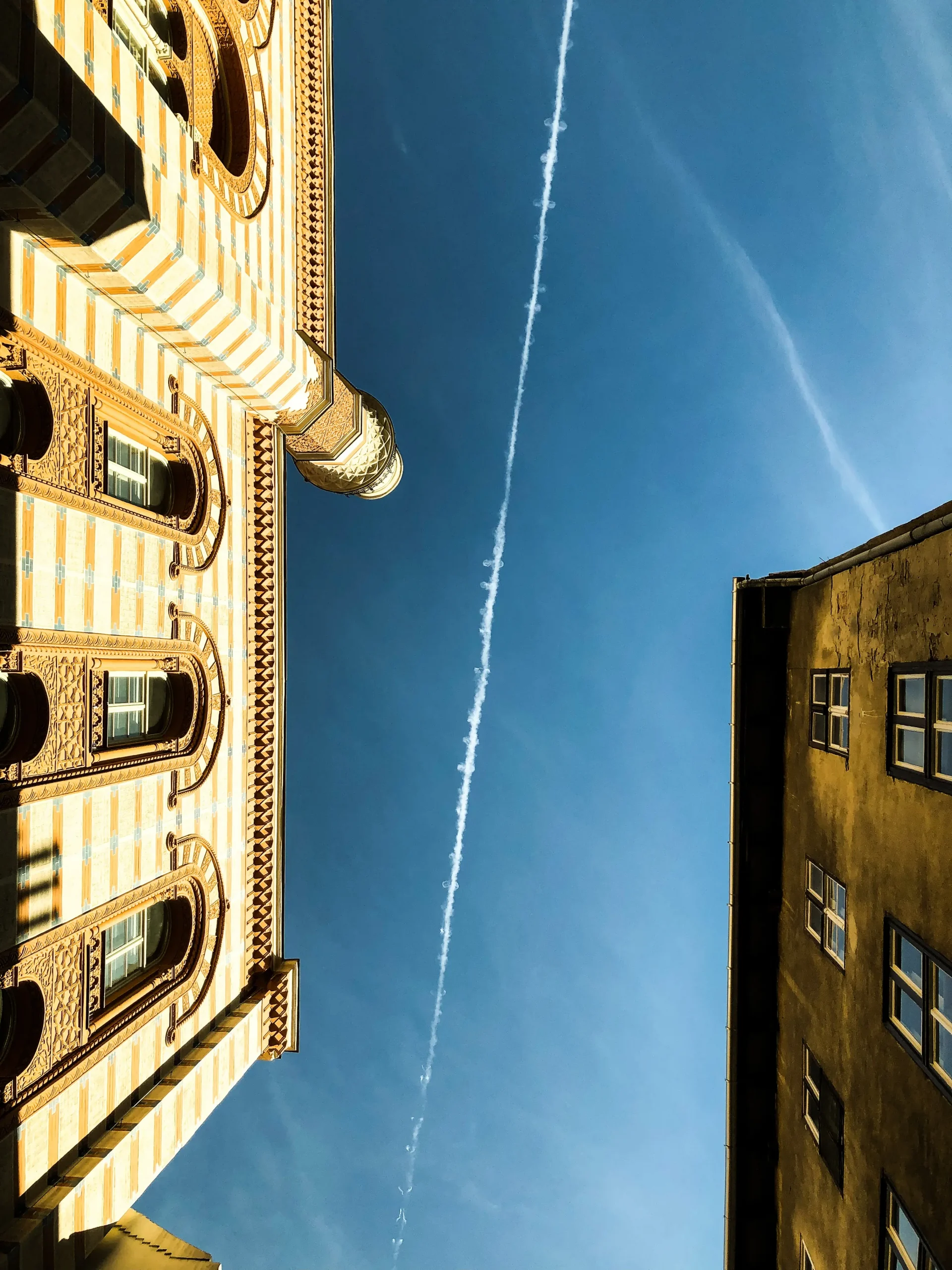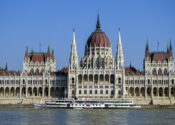
Sebestyén Rumbach, namesake of the heart of the VII district
The medical dynasty
Sebestyén Rumbach, originally Rombach, was born in 1761 (or according to other sources, 1764) in Nagybánya (nowadays Baia Mare) into a Catholic surgical family. The Rumbach family originally hailed from Westphalia and settled in Transylvania in the mid-18th century. Sebestyén’s father, Mátyás Rombach, served as a military and mining surgeon and passed away in Nagybánya in 1775 after eleven years of service.
Likely after this, the family moved to Pest. Sebestyén Rumbach pursued his medical studies first at the University of Buda and later in Vienna, where he obtained his medical doctorate in 1778. After completing his studies, he settled in Pest’s Terézváros district. He quickly gained popularity and respect, offering free medical treatment to those in need and providing service without payment at the Pest military hospital. His compassionate work earned him recognition from Emperor Francis Joseph. With recommendations from the city council of Pest, the magistrate Peter Végh from Vereb, and the military academy graduate and councillor Nagy József from Felsőbük, he was ennobled in 1798 and admitted to the ranks of Hungarian nobility on May 24, 1805.
On May 5, 1785, he married Katalin Pauer, a daughter of a Pest burgher. They had five children: János, a captain of hussars, as well as Frigyes, Károly, Alojza, and Anna. Unfortunately, there are no available records of birth and death dates for his daughters, but it is known that they got married in Vienna. After his wife’s death on August 3, 1835, Rumbach settled in Vienna. He started his medical practice at Landstrasse 121. He passed away on January 16, 1844.
Why did a street get named after Sebestyén Rumbach?
In 1800, Rumbach acquired the future site of the baths from the city of Pest in an auction when the sandy area near Városliget (City Park) was divided into plots. The condition was that the barren land should be cultivated by the future owners. The doctor purchased four plots in the area between Városliget and the artillery arsenal, totalling 8313 square fathoms, and cultivated vineyards on them. While digging a well, he accidentally discovered a mineral spring and decided to build a bath and inn based on the medicinal water. After the completion of the bath, on June 28, 1806, he applied to the Pest city council for a license to open a restaurant. However, the construction was halted, claiming that it did not meet the original auction conditions. This deeply affected Rumbach, and despite receiving approval to complete the construction from the regency council on September 9, 1806, he resigned from his position as chief physician on December 1, 1807.
The fight for the bath
Subsequently, Pest city attempted to acquire the baths, citing the 1703 royal privilege that granted them the right to redeem the plot and the baths. However, the Hungarian Chamber rejected this, stating that Buda city was also entitled to the same privilege, and there were private baths there, and their owners only paid taxes to the city. Based on this principle, and the reasonable argument that the bath would not generate any income for the city’s maintenance, Pest city granted the operation of the magnificent building complex with 18 bath chambers, living rooms, and a restaurant for an annual fee of 100 forints.
Rumbach’s bath belonged to the category of public baths for cleanliness. They served those who did not have their own bathrooms or lacked suitable home conditions for bathing. These baths were not only for personal hygiene but also provided facilities for body care, physical conditioning, and even medical treatments. The bath building fell victim to city redevelopment plans when Podmaniczky and Munkácsy Mihály Streets were developed in the late 1890s.



